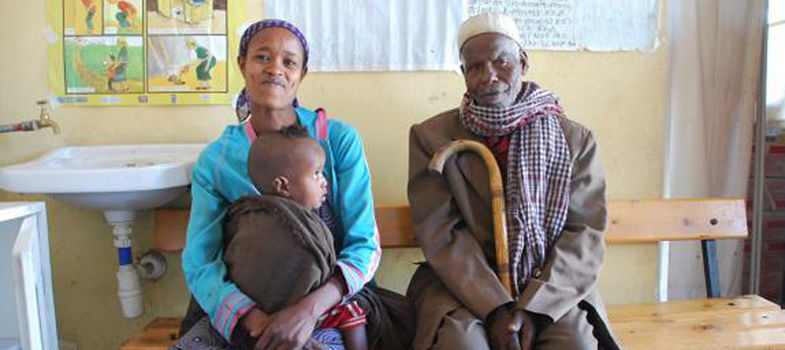13.1.3 Comparions of traditional and focused antenatal care
Table 13.1 summarises the basic differences between the traditional and focused antenatal care approaches.
Substance use includes tobacco, alcohol, khat, illegal drugs, hashish, cocaine and others
| Characteristics | Traditional antenatal care | Focused antenatal care |
|---|---|---|
| Number of visits | 16–18 regardless of risk status | 4 for women categorised in the basic component (as described later in this study session) |
| Approach | Vertical: only pregnancy issues are addressed by health providers | Integrated with PMTCT of HIV, counselling on danger symptoms, risk of substance use, HIV testing, malaria prevention, nutrition, vaccination, etc. |
| Assumption | More frequent visits for all and categorising into high/low risk helps to detect problems. Assumes that the more the number of visits, the better the outcomes | Assumes all pregnancies are potentially ‘at risk’. Targeted and individualised visits help to detect problems |
| Use of risk indicators | Relies on routine risk indicators, such as maternal height | Does not rely on routine risk indicators. Assumes that risks to the mother and fetus will be identified in due course |
| Prepares the family | To be solely dependent on health service providers | Shared responsibility for complication readiness and birth preparedness |
| Communication | One-way communication (health education) with pregnant women only | Two-way communication (counselling) with pregnant women and their husbands |
| Cost and time | Incurs much cost and time to the pregnant women and health service providers, because this approach is not selective | Less costly and more time efficient. Since majority of pregnancies progress smoothly, very few need frequent visits and referral |
| Implication | Opens room for ignorance by the health service provider and by the family in those not labelled ‘at risk’, and makes the family unaware and reluctant when complications occur | Alerts health service providers and family in all pregnancies for potential complications which may occur at any time |
13.1.2 Failings of the traditional approach to antenatal care
